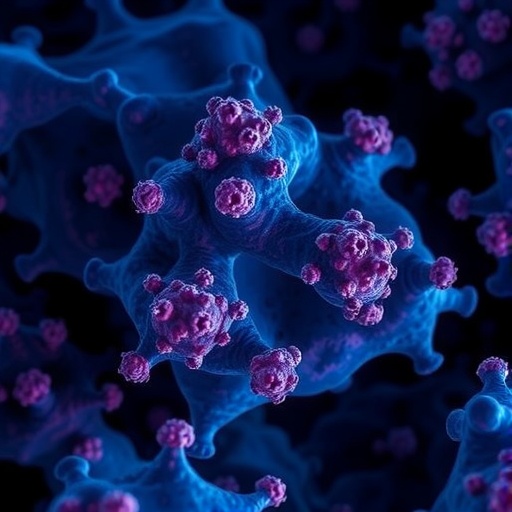LAWRENCE — Most historical accounts of the 1980s AIDS crisis presume the gay community lacked the capacity to respond to the devastating effects of the virus.
However, a recent book by a University of Kansas researcher of the history of sexuality and U.S. social movements documents a how well-developed network of gay health clinics already existed in some U.S. cities when the epidemic struck.
"In actuality, there was a really robust collaborative national gay health infrastructure in place that included everything from clinicians to outreach to research to even relationships with big pharma," said Katie Batza, assistant professor in the Department of Women, Gender & Sexuality Studies. "It just shifts the way that we think about the gay community's response to AIDS."
The clinics served as first responders to the epidemic, and even many doctors at large medical centers in those cities visited the clinics — which were often nearly hidden locations in alleys or side streets — to learn about AIDS and other public health issues facing the gay community, she said.
"The clinics provided general health care to people who were afraid to come out to their doctors, but the driving reason in the 1970s for the creation of these clinics was a national venereal disease epidemic that was hitting the gay community particularly hard," Batza said, "because of the institutional homophobia that existed within mainstream health providers."
Her three case studies in the book examine clinics in Boston, Chicago and Los Angeles. For all of them, Batza had to create her own archive of a historical record because none of the clinics kept medical records from the 1970s and all have since moved on to larger spaces in their cities. She pieced together the history of the establishment of these clinics, examining records from old correspondence from activists as well as information from medical journals to local newspaper accounts to private diaries.
"Most of them started by gay doctors who realized their needs and the needs of their friends were not being met and that they were actually being made worse by the existing medical system," she said.
Like many minority communities in the 1970s, gay men faced public health challenges stemming from their political marginalization and social stigmatization, Batza said. Therefore, most of them mistrusted mainstream health institutions and feared outing themselves and risking ostracism, misdiagnosis and the possibility providers would treat their sexuality itself as a medical condition.
"It was also surprising in that normally you would think gay health clinics come out of gay liberation politics and activists," Batza said. "But in reality, local context really mattered."
Among the cases she studied, one drew inspiration from rhetoric employed by the Black Panther movement, another the universal health care movement and one from an anti-urban renewal movement.
Having the clinics already in place did prove to be helpful when the AIDS crisis hit later, she said.
"It didn't suddenly create some sort of cure for AIDS, but these places proved to be the very front lines for the AIDS epidemic, and they were the ones providing cutting-edge services, though all of them were palliative and just easing people's death as much as possible," Batza said.
The narrative of her research adds important context to the history of health networks, especially in serving minority communities and conversations about how the state treats LGBTQ people.
"It's really important to chronicle the negative health impacts of discrimination. I also think it's equally important to chronicle responses to that discrimination that proved effective because things have changed. But things also haven't changed," she said. "It's both a cautionary tale and an instructive study."
She is hopeful that recent strides continue that incorporate LGBTQ health into mainstream training at medical schools.
"Today the clinics I researched still exist," she said. "They are much, much bigger. And they are institutions now rather than just random holes in the wall that you access through an alleyway."
The University of Pennsylvania Press published Batza's book and released it this month.
###
Media Contact
George Diepenbrock
[email protected]
785-864-8853
@KUNews
http://www.news.ku.edu
http://news.ku.edu/2018/03/15/book-pieces-together-research-1970s-gay-health-clinics-served-front-line-aids-crisis




